How to Create a Safe Home Environment for Dementia Care
Author: Cheryl McClure
Alzheimer's & Dementia Care
Jun
10
2025
Creating a safe home is key when your loved one has dementia. The right safety steps help them stay at home. As a caregiver, you’re vital in making your home safe and meeting their needs.
Making your home dementia friendly takes creativity and flexibility. As dementia progresses, your loved one’s needs will change. By being attentive and proactive, you can keep their living space safe and supportive.
No matter whether you’re the main caretaker or you’ve hired an agency like You’re First Home Care for At Home Dementia Care, it’s vital to create a space that is safe for your loved one’s long term wellbeing.
Key Takeaways
-
Create a safe home environment for your loved one with dementia
-
Adapt the living space as the disease progresses and abilities change
-
Stay attentive and proactive in assessing and modifying the home for safety
-
Provide home care that supports your loved one’s independence and well-being
-
Continuously reassess and adjust safety measures to meet evolving needs
Understanding How Dementia Affects Safety
Dementia can make it hard for people to stay safe. It changes how they think, see, act, and move. Knowing these changes helps make a safe place for someone with dementia.
Learn more about How Home Care Services Support Dementia Patients.
Changes in Judgment and Decision-Making
Dementia can mess with a person’s decision-making. They might forget how to use things safely or not see risks. It’s important to help with tasks that need good judgment. People with dementia may leave burners on or misuse household items.
Preventing Wandering in People with Dementia
People with dementia often experience confusion about time and place. This disorientation can lead them to wander, even from places they know well. They may not remember where they are or how to get back, which can be dangerous.
To reduce this risk:
- Supervision is crucial: Ensure the person is not left alone, especially outside.
- Secure exits: Doors that lead outside should be locked or secured with safety devices.
- Child-proof locks, slide bolts placed out of sight, or door alarms can be effective in preventing unsupervised exits.
- Use identification: The person should carry ID or wear a medical alert bracelet with their name and contact information.
- Create a safe space: Provide a secure outdoor area (like a fenced yard) where they can move around safely if possible.
- Establish routines: A structured daily routine can reduce anxiety and the urge to wander.
Behavioral Changes and Confusion
As dementia gets worse, people can act differently and become more confused. They might get upset, scared, or suspicious. It’s hard to keep them safe, but patience and the right strategies help. Dementia may affect behavior in unpredictable ways.
Physical Ability and Balance Issues
Dementia can make it hard to balance and move. This raises the risk of falling. Making the home safe, using supports like grab bars, and having good lighting can help prevent falls.
Safety Concern |
Possible Solutions |
Wandering and getting lost |
Install door and bed alarms, GPS tracking, or day care options for supervision |
Falls and balance issues |
Remove rugs or mats, install grab bars, improve lighting with bright white daylight bulbs |
Confusion with appliances |
Use auto shut-off devices, remove complex tools, lock cupboards and drawers |
Behavioral changes |
Create a calm home environment, avoid clutter, involve the person’s doctor |
Knowing how dementia affects safety helps caregivers and family members create a safe home environment. These adjustments offer peace of mind and help keep the person safe.
Discover the Best Activities For Dementia Patients At Home.
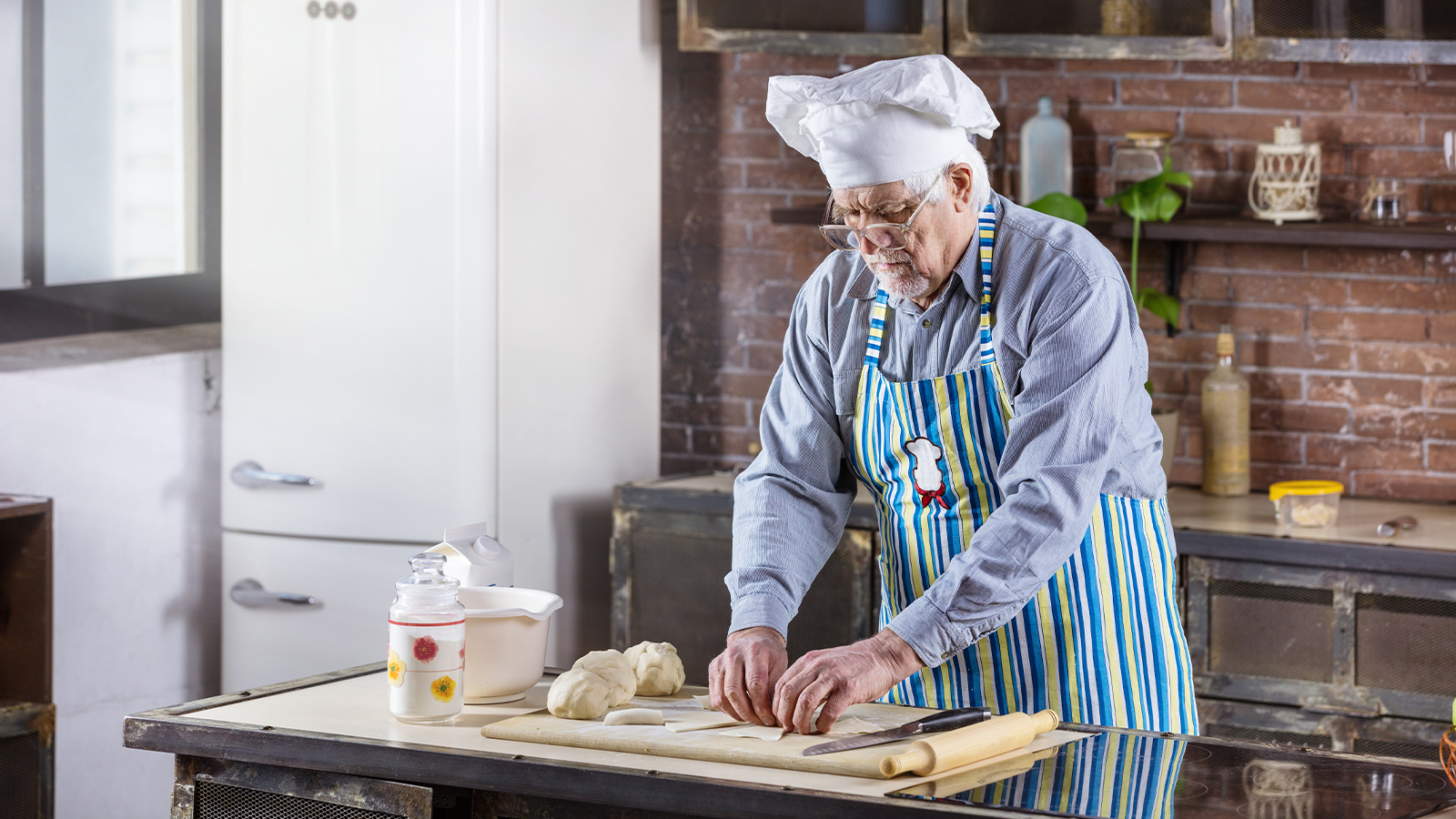
General Home Safety Tips for Dementia Care
When caring for a loved one with dementia, keeping the home safe is key. Simple changes can make a big difference. Focus on these areas to ensure a safe home environment:
Assess and Modify High-Risk Areas
Walk through each room and identify safety issues. Pay close attention to areas of the home like the kitchen, bathroom, and stairs. Look for potentially dangerous items and reduce clutter.
Remove Potential Tripping Hazards
Falls are a major risk for people affected by dementia. To lower the risk of falling, remove hazards like:
-
Rugs or mats
-
Loose carpet or floor tiles
-
Electrical cords and clutter
-
Uneven surfaces or edges of steps
Ensure Good Lighting and Contrast
Good lighting is essential. Use bright and contrasting colors to highlight important areas. Add nightlights that come on automatically in bedrooms, hallways, and bathrooms. Bright white daylight bulbs also improve visibility during the day.
Install Safety Devices and Locks
Install safety features like:
-
Grab bars near the toilet and tub
-
Stove knob covers
-
Locks on cupboards and drawers with cleaning supplies
-
Thermostatic valves to prevent scalding or consider turning down the temperature on your water heater
Kitchen Safety for People with Dementia
The kitchen can be dangerous for people living with dementia. Use these safety tips to reduce risk:
Use Appliances with Automatic Shut-Off Features
Choose appliances that come on automatically or shut off if left unattended. This includes coffee makers, kettles, and toasters.
Prevent Unsafe Stove Usage
Use stove knob covers or remove knobs when not in use. Consider induction cooktops or microwave-only setups to help your loved one stay safe.
Remove Potentially Toxic Items
Store harmful cleaners, medications, and other potentially dangerous items in locked cupboards. Keep a list of items that should remain out of reach. Cleaning solutions like Fabulous are colorful and look like a refreshing drink but can be deadly if ingested.
Discard Decorative Items That May Be Mistaken for Food
Avoid decorations like fake fruits that may be mistaken for real. These can pose choking risks to someone with dementia.
Kitchen Safety Checklist |
|
Appliances with automatic shut-off |
☑ |
Stove knob covers or removal |
☑ |
Locked cupboards for dangerous items |
☑ |
Removal of items that may be mistaken for real food |
☑ |
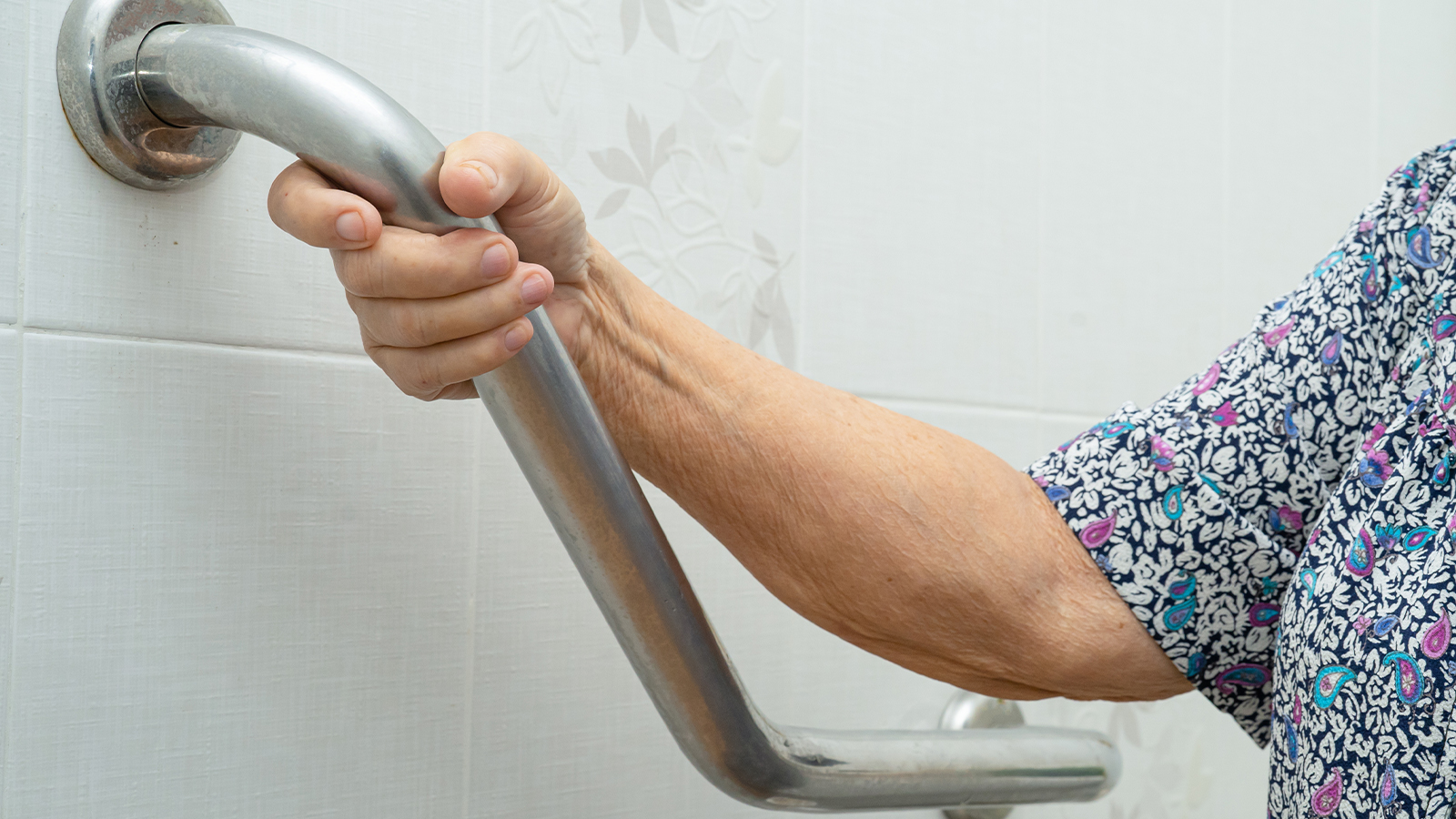
Bathroom Safety Measures for Dementia Care
The bathroom has many risks for those with a dementia diagnosis. Here are ways to create a safe space:
-
Install grab bars in the shower and beside the toilet
-
Use non-skid tape in showers, in front of sinks and toilets
-
Raise the toilet seat for easier use
-
Cover electrical outlets and remove small appliances
-
Use signs on cupboards to indicate items like soap or shampoo

Bedroom Safety for The Stages of Dementia
As dementia advances through different stages, bedroom safety needs evolve. A safe sleeping environment can help your loved one rest better and avoid injury.
Declutter and Simplify the Sleeping Area
Limit furniture to only what’s necessary. Remove decorative items or furniture with sharp edges. Use a low bed frame to reduce injury if your loved one falls out of bed. A fall mat helps.
Improve Bedroom Visibility and Navigation
Add nightlights to help your loved one see their path to the bathroom at night. Bright and contrasting colors can be used to define furniture edges. Label dresser drawers and use signs on cupboards for easier navigation.
Adjust Safety Measures as the Disease Progresses
As your loved one’s dementia progresses, add a bed cane, motion-sensor or bed alarm. Consider a monitoring system for night wandering. Focus on comfort, warmth, and cues that support their loved one’s daily routine.
Creating a Safe Home Environment for Dementia-Friendly Home Care
Creating a safe and dementia-friendly home environment is a continual process. Make your home safer by:
Encouraging Independence While Prioritizing Safety
Use aids like a whiteboard for reminders about everyday tasks. Keep commonly used items easy to reach. Help your loved one follow a daily routine while maintaining a sense of independence.
Adapt the Home as the Disease Progresses
As dementia progresses, the home may need additional adjustments. Label rooms and use colors that contrast to reduce confusion. Post emergency phone numbers at eye level.
Regularly Reassess Safety Needs
Talk with your loved one’s doctor or an occupational therapist about any new safety concerns. Living at home should feel comfortable but secure at all stages of dementia.
Involve Family Members and Caregivers in Safety Planning
Caring for a loved one is a team effort. Involve other caregivers or a professional to get home safety tips. Connect with others who have experience with Dementia and Alzheimer’s disease. Remember, it’s important to have a care plan for the ones you love.
Conclusion
Making your home dementia friendly isn’t a one-time task—it’s a journey. Whether you’re caring for someone with Alzheimer’s or another form of dementia, your efforts matter.
From reducing hazards around the home to supporting a loved one’s daily routine; each step helps your loved one feel safe and supported. You’re not alone in this. With guidance from You’re First Home Care in Houston, you can continue providing excellent dementia and home care.
We are here to help with everyday needs and provide resources for dementia and their caregivers. Reach out today to get the support you deserve and ensure your home remains a safe and peaceful place for your loved one with dementia.
Frequently Asked Questions
1. How can I make a person’s home safer as their dementia progresses?
To make a person’s home environment safer, start by identifying hazards in each room—especially areas prone to trips or falls. Install grab bars, use nightlights, and label important items. As the person’s dementia progresses, continue adjusting the space to match their needs. This is a key part of effective caregiving and helps your loved one remain safe and independently at home.
2. What role does caregiving play in supporting someone living with Alzheimer’s?
Caregiving goes beyond daily tasks—it’s about building a structured, supportive environment for someone living with Alzheimer’s or any type of Dementia. This includes planning a safe home, managing routines, assisting with incontinence, and helping with emotional needs. Following best practices from organizations like the Alzheimer’s Society can improve both safety and quality of life.
3. How do I help the person maintain independence at home with dementia?
You can help the person maintain independence by simplifying tasks, using visual aids like whiteboards, and setting up reminders for routines. Choose clothing that’s easy to manage and place items they need where they’re easy to reach. Supporting a person to live independently at home is empowering and enhances their dignity as a person’s dementia evolves.
4. What are common home hazards that lead to trips or falls for people with dementia?
Loose rugs, poor lighting, cluttered walkways, and uneven surfaces all contribute to trips or falls in the home. Regularly reassess the person’s environment and install safety features like grab bars and non-skid tape. These changes are especially critical for those living with Alzheimer’s, where mobility issues often become more pronounced.
5. Why is incontinence a concern in dementia home care?
Incontinence can increase fall risks, lead to hygiene issues, and add stress to daily caregiving routines. It’s important to keep bathrooms well-lit and easy to access, and to maintain a calm approach when accidents occur. Resources from the Alzheimer’s Society offer excellent strategies to help the person manage this sensitive challenge while preserving dignity.
Previous Article
Let us know your interest
Reach Out

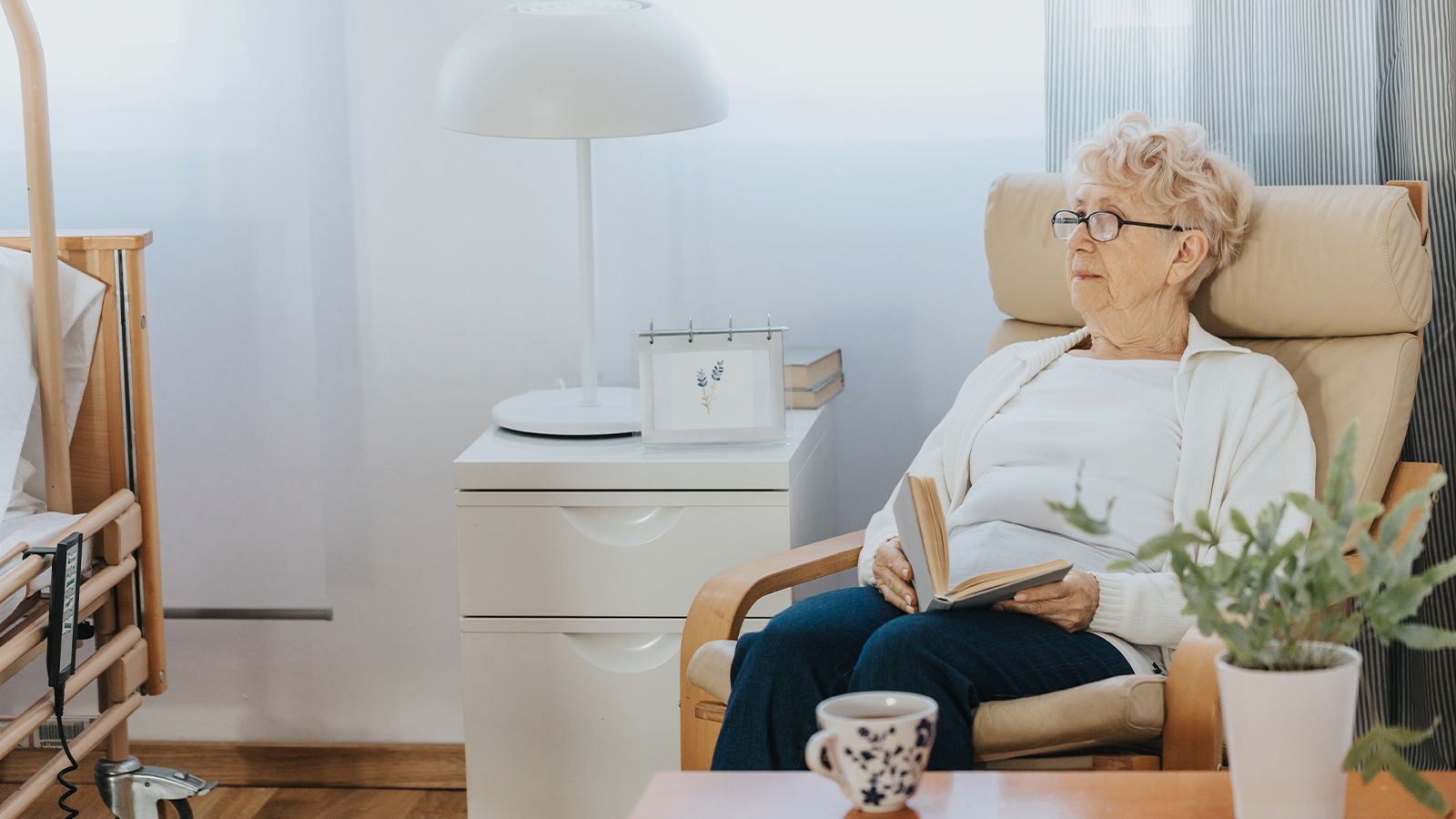
How to Create a Safe Home Environment for Dementia Care
Creating a safe home is key when your loved one has dementia. The right safety
Read More
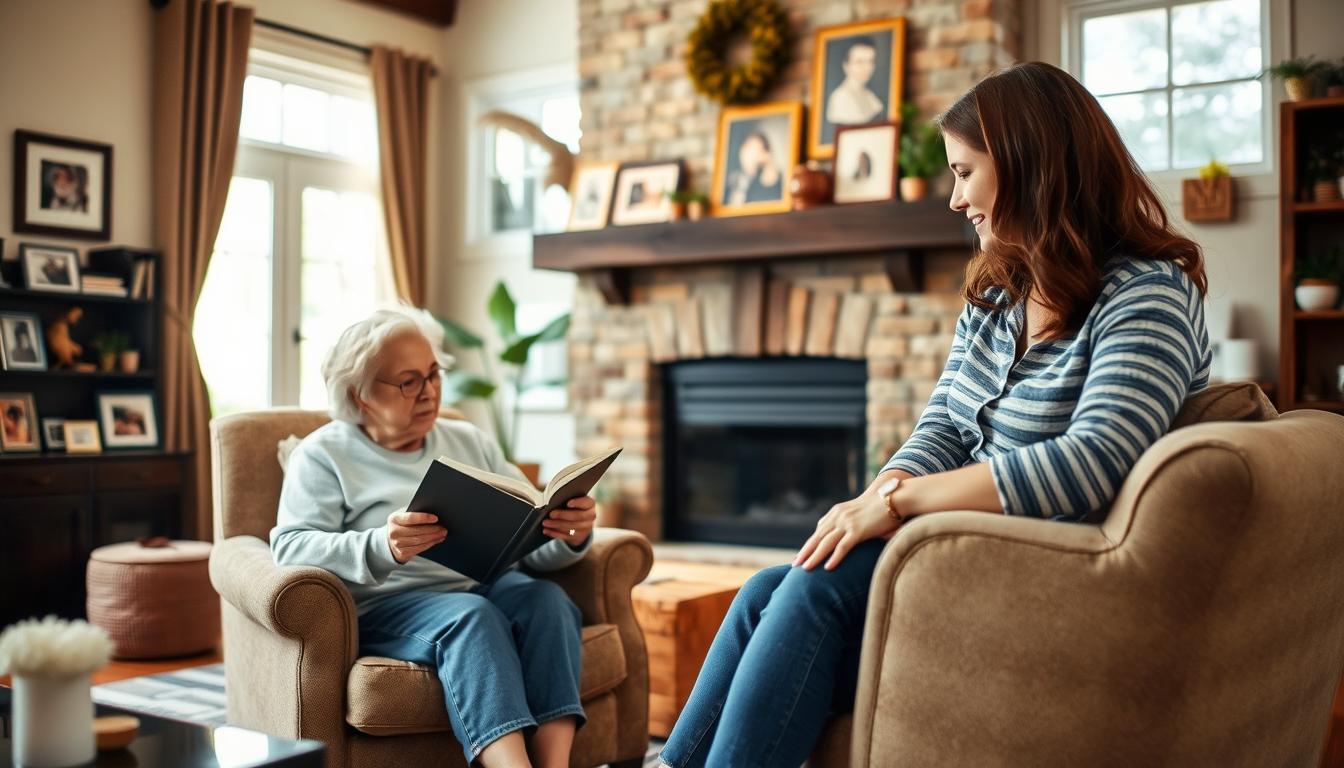
How Can Companion Care Foster Independence for Seniors?
As you or your loved ones get older, staying independent is key for happiness and
Read More
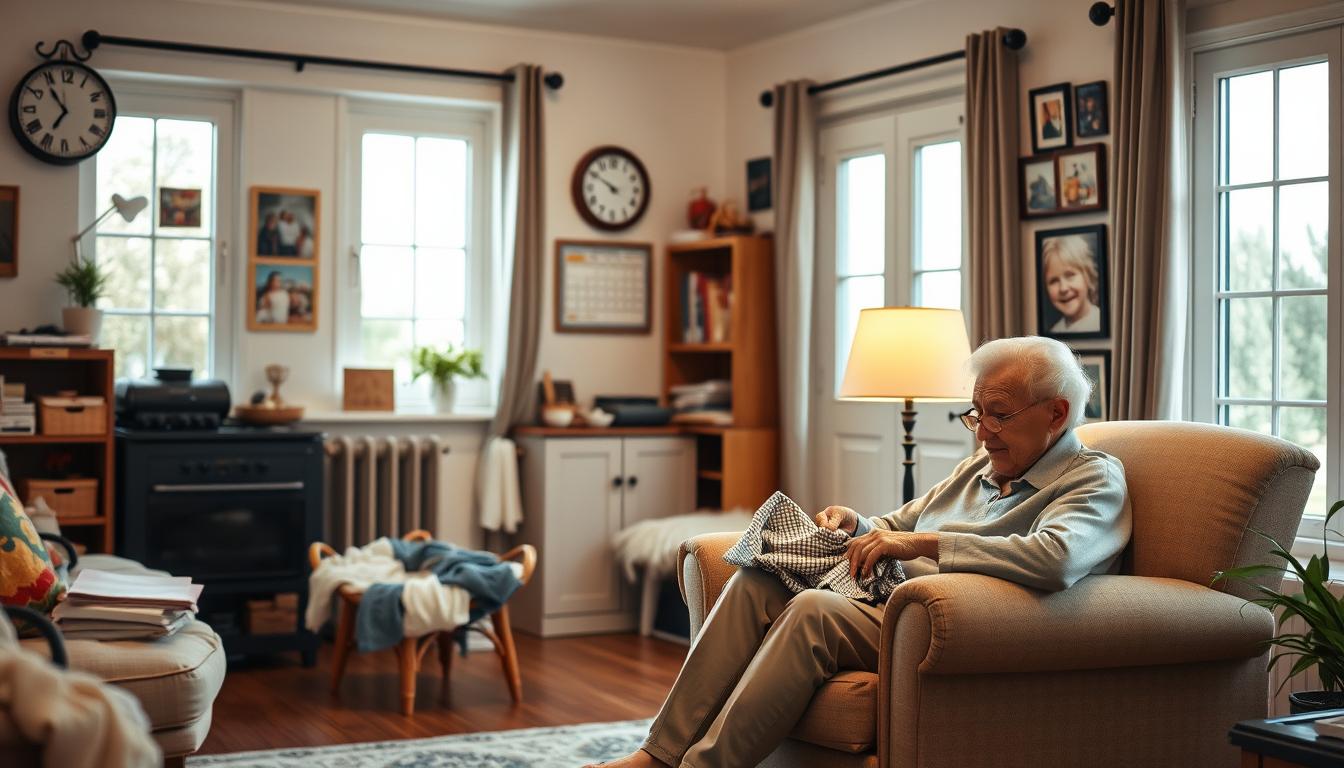
Daily Routine for Dementia Patients: The Importance of Structure
Caring for someone with dementia is a journey full of love, patience, and constant learning.
Read More
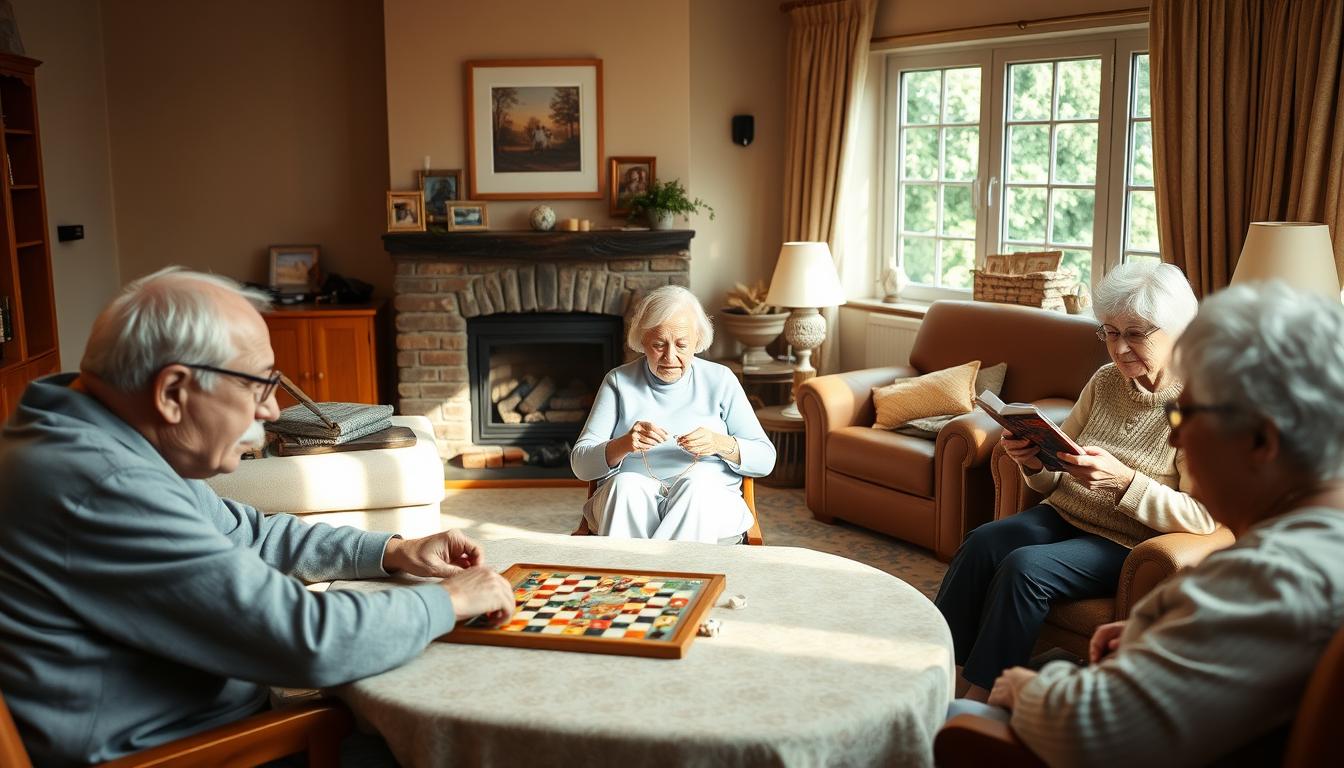
Best Activities for Dementia Patients at Home
Caring for a loved one with dementia at home can be challenging. The key is
Read More
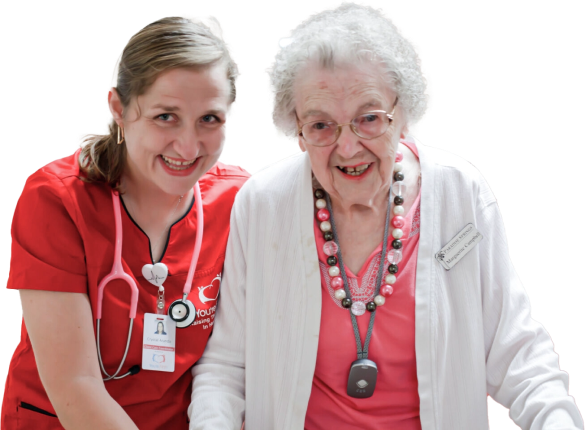
Need Help?
